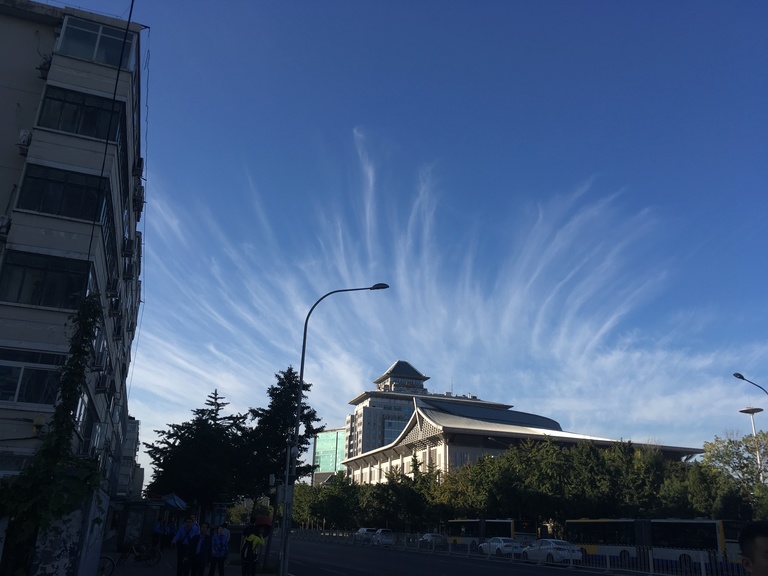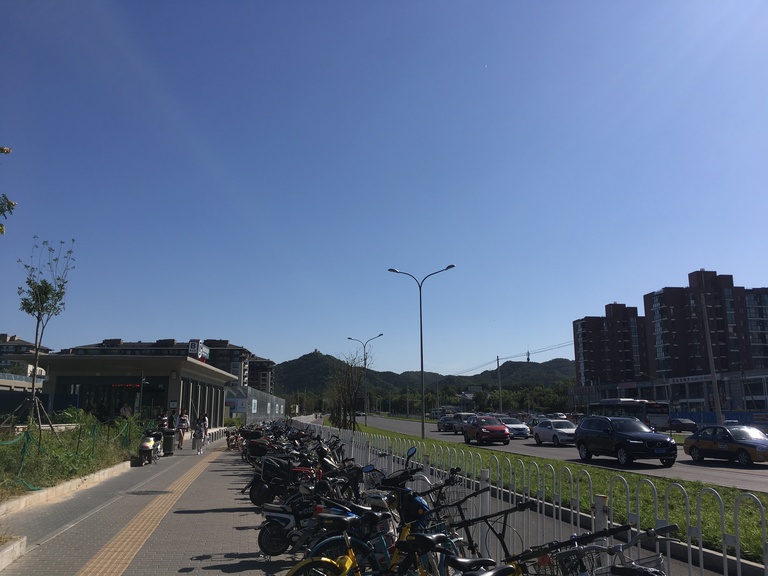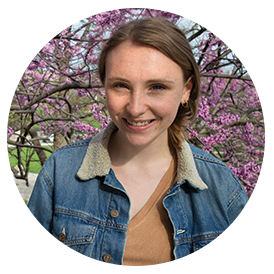
In my high school French class, I recall learning about Paris’ arrondissements, or administrative districts, that circumvent the city. Following my freshman year at the University of Iowa, I spent a small portion of my summer break traveling in China. Of the mere two weeks I spent in China, one week was spent in Beijing. I remember noting the circular metro lines, regarding them as an inconvenience when trying to travel from a stop on one end of the rounded track to another. Studying here has taught me that Beijing has its own form of arrondissements, only they are called “ring roads” and they exist on a much larger scale. Wherein Paris, the arrondissements are small circles that piece together to encompass the city of Paris, Beijing’s ring roads begin at the historic center of the city and emanate outwards, each road completing a full circle around the previous. In Paris, there are 20. In Beijing, there are currently seven. At first glance, twenty would appear to be larger than seven. In reality, the area of Paris is reported as 105 sq km (41 sq mi) and the area of the Beijing municipality is 16,411 sq km (6,336 sq mi) and growing.
Paris is commonly called “The City of Lights.” With this nomenclature comes romantic imagery and historical significance. In Beijing, there is constant light in the form of pollution – light pollution. From the pedestrian bridge that connects my international student dorm to my university’s campus, a teeming district, commonly referred to as China’s Silicon Valley, constantly emits residual lighting into the sky. Beijing’s unavoidable road traffic results in inescapable headlights and taillights from miscellaneous vehicles. Examples of light pollution (and other forms of pollution) in Beijing are numerous.

Despite urban planning and luminous similarities, living and studying in western Europe and Beijing, China are indubitably dissimilar. Firstly, toilet paper, napkins, and general tissue paper are not widely available for public use in China. Instead, you bring your own tissue or toilet paper with you into the restroom. For this reason, pack some rolls of toilet paper to use until you can settle in and buy more. Hand sanitizer or soap is also useful as it is not usually provided. Moreover, the water in China is not potable. People claim that hot water has certain health benefits, and more importantly, hot water is actually a somewhat safer alternative to tap water. Bring a dual-purpose water bottle that functions for hot and cold substances alike. This will come in handy in instances when bottled water is not readily available. Additionally, monetary transactions in China are commonly completed via internet apps that are both secure and convenient. Open a Chinese bank account and link it to WeChat and Alipay as soon as possible. Finally, ride share bikes are becoming ridiculously popular in Chinese cities. Learn how to ride on a city street in China and you can save time traveling between ring roads.

Emily Van Kirk is a Des Moines, IA native and Chinese and international relations major at the University of Iowa. Winner of a 2017 Boren Fellowship award, she will be spending the academic year in Beijing, China on the CIEE Beijing Intensive Chinese Language program.
Student blog entries posted to this International Accents page may not reflect the opinions and recommendations of UI Study Abroad and International Programs. The blog is intended to give students a forum for free expression of thoughts and experiences abroad in a respectful space.